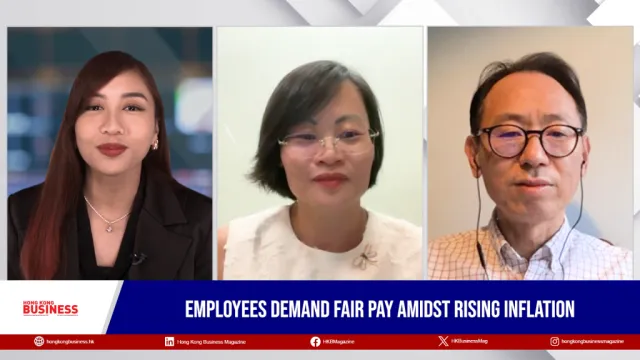
Government unveils strategies for land, housing
Strategies include the introduction of Light Public Housing.
Chief Executive John Lee in his first policy address identified strategies the government will employ to solve the housing problems in Hong Kong and meet the projected demand in both public and private housing.
The government said there is sufficient land to build 360,000 public housing units in the next 10 years, which exceeds the projected demand of 301,000. It said that only around one-third of the units will be completed in the first five years from 2023 to 2028, and the remaining will be built in the following five years.
"We must overcome constraints to create supply to address short-term public housing shortage, and ensure a steady private housing supply at the same time," Lee said, adding that it is also important to enhance “quantity, speed, efficiency and quality in land production,” and ensure a “long-term plant to steadily increase supplies.”
To accelerate housing and land supply, the Chief Executive said the government will introduce Light Public Housing (LPH), adopting a standardised simple design and Modular Integrated Construction (MiC) approach to create around 30 000 units over the next five years.
READ MORE: Why it’s time for the gov’t to remove cooling measures in the housing market
Increasing public housing supply by about 25%, LPH flats will feature the basic facilities of traditional public rental housing (PRH) flats, with the rent lower than traditional PRH in the same district.
Aside from this the government will also add around 158,000 in the next five years from 2023 to 2028, cap the waiting time for PRH of about six years, and cut it to around 4.5 years from 2026 to 2027.
They also plan to set a minimum size for newly-built subsidised sale flats from 2026 to 2027 onwards by at least 26 sqm in general, with an internal floor area of newly-built PRH units of at least 21 sqm, except for single- and two-person units. They also play to deliver sufficient land for private housing.
The government will also reduce the time for turning “primitive land” into “spade-ready" sites by one-third to half, and implement a pilot scheme that will encourage private developers to build subsidised sale flats. Land production will be expedited and a land reserve will be established to ensure keeping up with land demand.
Meanwhile, private housing demand over the next 10 years would be 129,000 units. The Chief Executive said the government would have enough land ready in the next five years for at least 72,000 residential units. He said supply would exceed the projected demand.
Colliers Hong Kong welcomes the government’s commitment to accelerate major development projects of Northern Metropolis and Lantau Tomorrow, said Head of Research Kathy Lee. They are hoping for more short-term solutions to address urgent housing needs and reactive the market in the middle of a downturn.
“With the GDP forecast of 0-1%--meaning that the economic recession is on the horizon–and the currency peg to USD, we foresee that the property market will see a slow recovery,” she said.
Colliers maintained its forecast that the mass residential sector will decline by 10% to 12% year-on-year (YoY) in 2022, and by 5% to 10% in 2023.
KK Chiu, international director, chief executive, Greater China of Cushman & Wakefield, said they welcome the introduction of the LPH. He added that the government should follow a more “unbundling” mindset in building public or subsidised housing as this will increase housing supply “more effectively in the run.”
“We also suggest the Government to revisit the public housing policy, and set up resale arrangements for future Home Ownership Scheme flats, such as requiring owners to sell their flats to eligible families only and leaving the arrangements to the Housing Authority,” he said.
Chiu added that the government should also consider providing help to young people particularly young professionals, in securing their own homes through subsidised housing through redeveloping/partially redeploying public or subsidised housing at below-market prices or through a rent-and-buy basis.
He also said that the company welcome the adoption of a “multi-pronged approach” in addressing the land and housing supply, citing particularly the mentioned 129,000 units, and the government’s plan to build at least 72,000 private housing units in the next five years.
The figure may be lower than the actual demand, he said. Chiu noted that the number of first-hand private housing transactions in the market ranged from 15,000 to 21,000 units from 2016 to 2021. They said the demand for housing will increase and the supply may not meet the demand as the government is launching measures to attract foreign talent.



















 Advertise
Advertise






